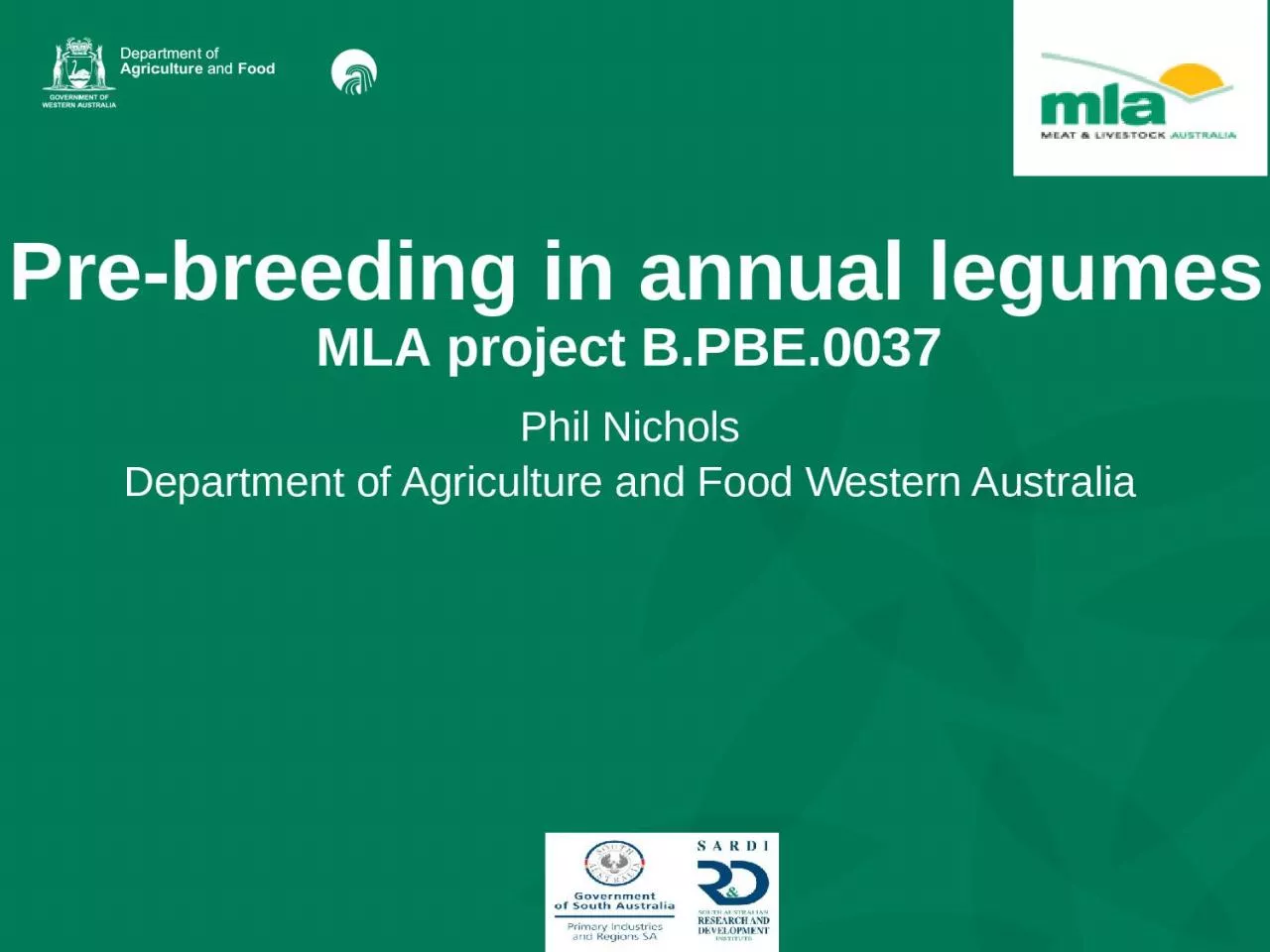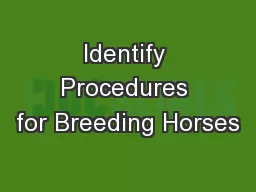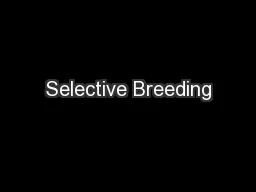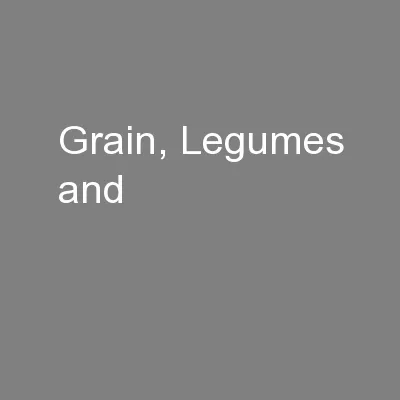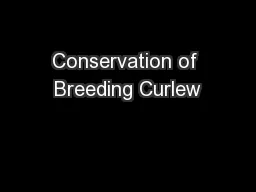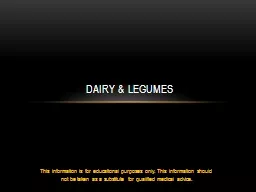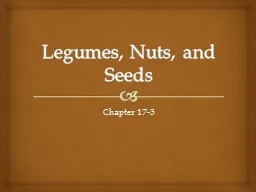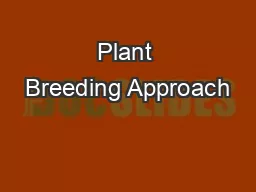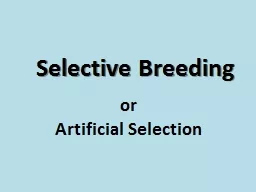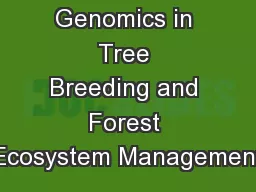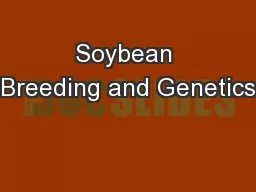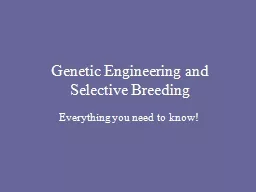PPT-Pre-breeding in annual legumes
Author : yvonne | Published Date : 2024-03-13
MLA project BPBE0037 Phil Nichols Department of Agriculture and Food Western Australia The project team What we did Developed new tools amp technologies to increase
Presentation Embed Code
Download Presentation
Download Presentation The PPT/PDF document "Pre-breeding in annual legumes" is the property of its rightful owner. Permission is granted to download and print the materials on this website for personal, non-commercial use only, and to display it on your personal computer provided you do not modify the materials and that you retain all copyright notices contained in the materials. By downloading content from our website, you accept the terms of this agreement.
Pre-breeding in annual legumes: Transcript
MLA project BPBE0037 Phil Nichols Department of Agriculture and Food Western Australia The project team What we did Developed new tools amp technologies to increase rate of genetic gain in annual legume breeding. S Narasinga Rao Legumes and pulses have long been part of traditional diets in Asia Africa and South America which include most of the worlds develop ing countries More than 1000 spe cies of legumes are known to be grown1 Of these only 20 or so h Equine Science. Spring is here– the coats have shed out. . Is it time to breed that mare?. Before we book the stud, we need to be aware of the breeding cycle of the mare as well as the procedures to consider in breeding.. Vs. . Natural Selection. . the process by which . traits. become more or less common in a population due to consistent effects upon the . survival. or . reproduction. of the organism. This . happens . Milled Products. Introduction to Grains, Legumes and Milled Products . 2 subgroups of Grains . 1- Whole Grains– contains entire kernel of grain. Example: Oatmeal . . 2- Refined Grains – Grains are processed . livestock. Dr Indrasen Chauhan. Scientist, CSWRI, Avikanagar. Tonk-304501. – . B. ased . on individual records, pedigree or progeny performance or family performance. . SI=WT9 +1DMY90. Conventional selection . in Ireland . Dr Anita . Donaghy. Senior Conservation Officer, . BirdWatch. Ireland. Eurasian Curlew . Numenius. . arquata. 82,000. 68,000. 100…?. Key: . Resident, . Breeding Season, . Non-breeding Season, . This information is for educational purposes only. . This . information should not be taken as a substitute . for . qualified medical . advice.. And the winner is…. Did you Make Last Week’s Recipe of the Week?. Legumes. What are Legumes?. Legumes are plants that have pods with edible seeds in them. Legumes grown in Idaho include beans, peas, chickpeas, and lentils.. http://media.web.britannica.com/eb-media/07/85007-004-F9AB42C2.jpg. Chapter 17-3. What have you learned so far this year?. Bell Ringer. January 26. th. , 2012. Plants whose seeds grow in pods that split along both sides when ripe. Legumes. Excellent sources of :. Complex carbs (fiber). Classic Breeding. Main Street. Molecular . breeding. Abiotic and biotic resistance breeding . (. disease/pest resistance, . drought and salt tolerance). Parent selection and progeny testing. Marker-assisted selection (MAS). o. r. Artificial Selection. Selective Breeding. The process . of breeding plants and animals for particular traits.. This is synonymous with . Artificial . S. election. .. This . selection process . -----. Module . 5 – Introduction to Tree Breeding and Provenance Trials. Nicholas Wheeler & David Harry – Oregon State University. Basic principles of forest tree breeding. Three primary goals. Zenglu Li. Department of Crop and Soil . Sciences. / Center for Applied Genetic Technologies. March 9, 2015. Acknowledgements. Postdoc Scientists and Graduate Students. Donna . Harris. Justin Vaughn . Everything you need to know!. Scientists used a bioluminescent gene from a jellyfish to create “glowing” green mice! . . Know. Selective Breeding involves choosing . two. organisms of the . same.
Download Document
Here is the link to download the presentation.
"Pre-breeding in annual legumes"The content belongs to its owner. You may download and print it for personal use, without modification, and keep all copyright notices. By downloading, you agree to these terms.
Related Documents

